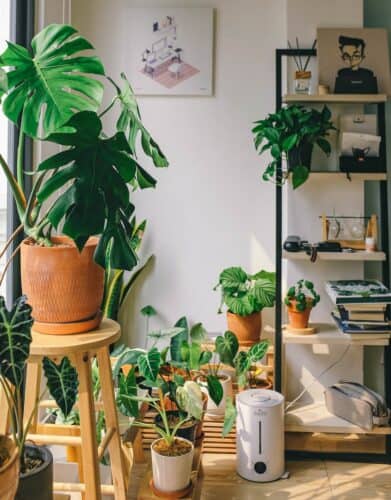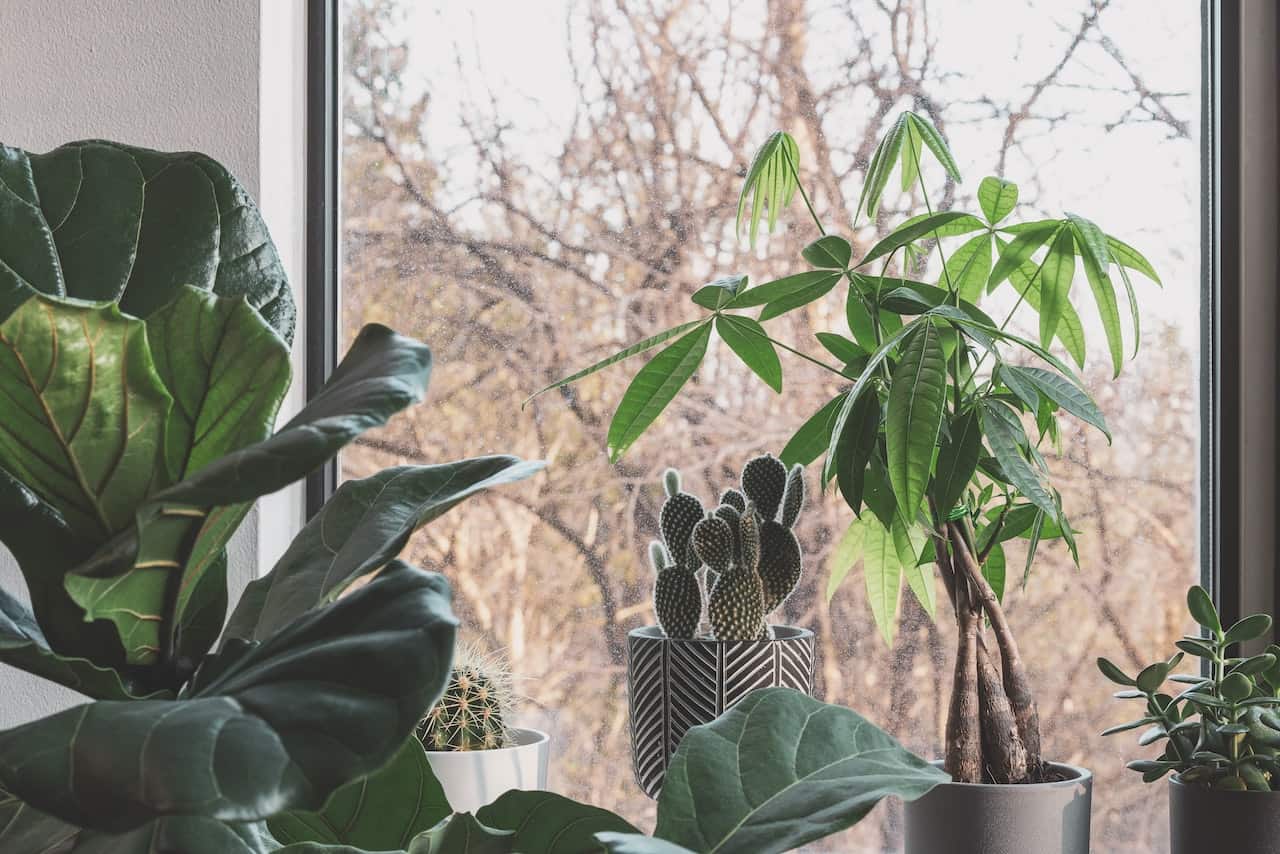Planting season starts now! And the good news is, you don’t have to sacrifice your stylish urban digs or metropolitan locale to grow your own delicious, pesticide-free veggies. With a little creativity and elbow grease, all the vitamin -packed green goods you want can be yours. I love growing veggies in the city because it’s actually so easy. It’s also empowering. By eliminating all the chemicals used in conventional farming, you spare yourself huge health risks, and also reduce your carbon footprint as you eliminate food miles and maximize freshness. You will also save a ton of cash when you grow your own.
Some ideal veggies to grow on a balcony or small backyard include leafy greens like spinach, lettuce, collards, mustard greens and kale, beets, tomatoes, radishes, eggplant, and all kinds of herbs. These plants are all relatively small and don’t require a sprawling landscape to thrive. Growing plants from seed is less expensive, and some people swear it makes for a stronger plant. Seedlings do best when planted in early – mid March. The back of the seed package will tell you exactly how many weeks before the last frost the seeds should be planted, and when to transplant outside.
To hatch a seedling: Grab an egg carton, or any reused container like small yogurt cups. Buy a sack of lightweight potting mix from a garden center or flower shop (most carry soil too), and fill each cup with soil. Put a few seeds in each cup, (not all of them will germinate) and if you’re doing multiple plants, label what they are. Generally, the smaller the seed, the less soil you need to cover them with. Next, you want to create a greenhouse effect around your seedlings by covering them with plastic bags or lay a sheet of plastic wrap. Move the containers to a warm spot like a window ledge. Seedlings won’t need light until they sprout.
Check your seeds daily. Keep the soil moist, but not wet. When you see the first sign of life emerging, pat your bad self on the back and remove the plastic. Now, make sure your sprouts are in a spot that exposes them to lots of light. You can keep the seedlings in their containers will your ready to plant them in their permanent pots, once they’re a couple inches tall. To get the little guys used to the great outdoors, take them outside for a couple hours at a time before putting them out there permanently. It’s a good idea to do this for about 2 weeks before leaving them there for good. If possible, transplant the seedlings on an overcast day to ease the shock of transition.
Pick your plots. Finding the right spot for planters is like arranging furniture. A balcony full of overflowing pots of leafy greens adds a funky, earthy dimension to your space that is scenic as well as useful. You want your veggie patch to be in a spot that maximizes light exposure to the plants. Generally, place tall growing crops where they won’t block small plants. But remember, fruiting plants like tomatoes and eggplants need 6 hours of full sun each day, and leafy vegetables like lettuce and salad greens tolerate some shade and even prefer cooler temperatures.
Get creative with planters. If you have a lot of space: Some urban agriculture methods use wading pools as a plot for veggie growing. Simply fill one with soil and turn it into a substitute for fertile ground. If you want to create a more aesthetically pleasing plot, using a dresser or desk will allow you to make each drawer a pot for a few small plants. A two foot wide drawer will easily accommodate 4 – 6 large herb plants or a small crop of salad greens. Mix up the visual display with tall plants like chives and purple basil to create levels. Stacking pots in descending sizes can create an awesome herb tower.

If you don’t have lots of space: Getting vertical with your displays on a small balcony or patio allows you to make the most of your space. If you have a fence, put up some hooks to hang your containers from. Some quirky container ideas for small plants include milk jugs, colanders (which already have built in drainage holes which you can use to thread string for hanging) or cut in half basketballs with holes drilled in the sides for hanging from hooks. Another idea for small spaces is a tin can wall garden. Hammer a few drainage holes in the bottom of your cans, and affix them to a fence in rows.
Tips for natural pest control. There are a million and one natural ways to keep your plants free of pests. One popular method involves using garlic’s strong scent to ward off critters, including aphids, which pose a major threat to sap producing plants. Soak a few minced cloves of garlic overnight in one litre of water, then grate 1 tablespoon of soap flakes into the mixture. Spray plants liberally with this mixture. Another reliable method of pest deterrence is to surround small seedlings with sawdust. For a natural herbicide, stock up on vinegar that is above 15% acetic acid concentration. Regular household vinegar is about 5%, but you can buy stronger stuff in bulk at Grassroots Environmental Store (408 Bloor St. W.) Spray it directly on weeds.
A few other tips for successful small space food growing. Once you’ve created your own outdoor hot spot, you can dream of all the fresh pesto’s, mojito’s and salads your summer will be full of. There are no black and white rules for when to harvest your veggies, but you’ll know when the fruits of your labour are ripe and ready to be cashed in on. To keep your pots healthy, consider starting a backyard compost heap. Compost will enrich your soil and aid in the consistency needed for good drainage and growth. Composting is a great idea not only in the garden but also because it reduces your waste. Check out martha’s guide to composting for a run down. Most importantly, be patient with your garden. I had three huge pots of tomato plants on my roof last summer and they grew super tall and leafy and smelled like the best bruschetta you could ever dream of, yet they only coughed up one tomato all summer. It’s a total cliché, but gardening is about the journey as much as the destination. Enjoy your plants at every stage!
~ Kate Fowlie



 Follow Us On Instagram
Follow Us On Instagram
